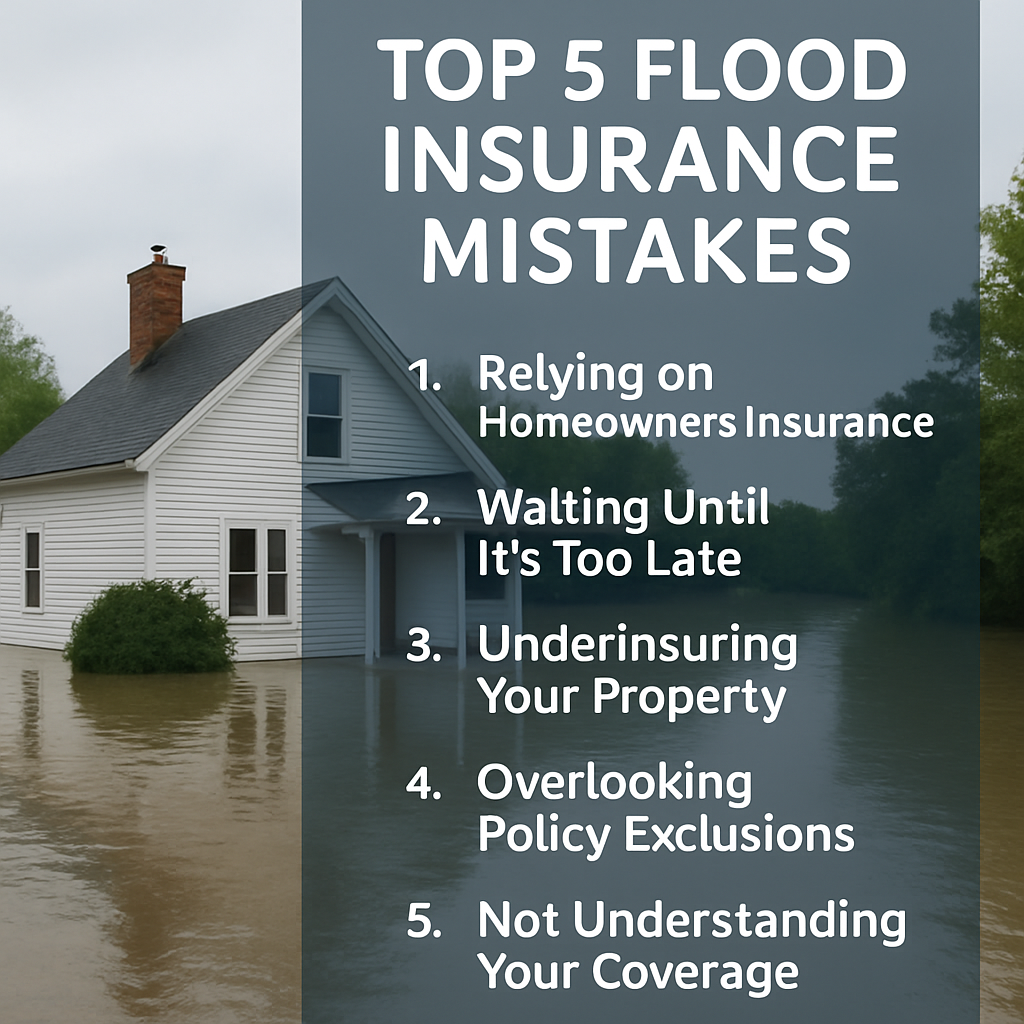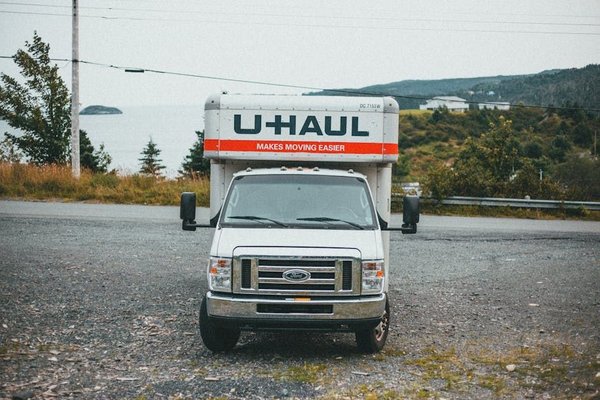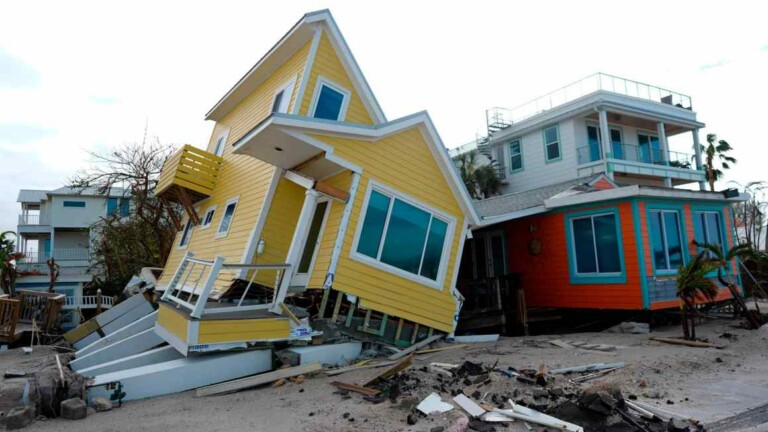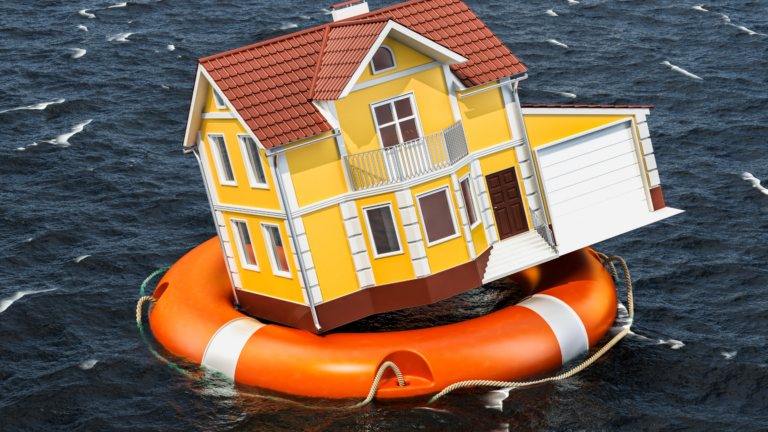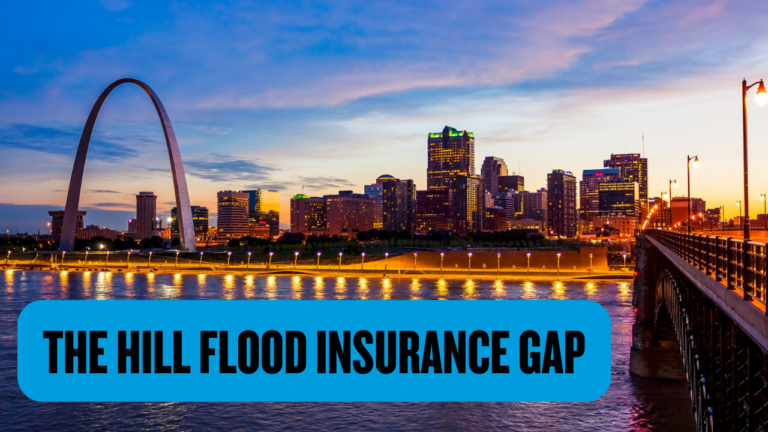Top 5 Costly Flood Insurance Quote Mistakes to Avoid
Top 5 Flood Insurance Quote Mistakes That Can COST YOU THOUSANDS: What to Fix When Comparing Flood Insurance Quotes
Are you confident your flood insurance quote would actually cover you after a flood?
Or could a small mistake in your policy leave you paying tens of thousands out of pocket when disaster strikes?
In this article, I’ll walk you through the five most common—and costly—mistakes homeowners make when comparing flood insurance quotes.
You’ll learn how to avoid underinsuring your home, why contents coverage matters more than you think, when high deductibles backfire, how to shop private flood insurance correctly, and how an elevation certificate could save you thousands.
Each section includes practical fixes, helpful links, and real-world examples to help you get the right quote and real protection—without overspending.
📺 Watch This First: How Flood Quote Mistakes Cost You
Table of Contents
- Mistake 1 — Only Buying the Building Coverage Your Bank Requires
- Mistake 2 — Skimping on Contents Coverage
- Mistake 3 — Choosing a High Deductible to “Save Money”
- Mistake 4 — Not Shopping Multiple Private Options
- Mistake 5 — Not Using an Elevation Certificate
- How to Get the Right Flood Insurance Quote — 3 Simple Steps
- Quick Checklist Before You Buy
- Why This Matters
- Additional Resources
- Frequently Asked Questions
- Final Thought
Mistake 1: Only Buying the Building Coverage Your Bank Requires
If you only buy the flood coverage your lender requires, you could be underinsured by $100,000 or more.
Many homeowners stop at the minimum building coverage their lender mandates. But that may only reflect your loan balance—not the replacement cost to rebuild your home.
Example: Your lender requires $250,000 in building coverage, but your actual replacement cost is $380,000. If your home is destroyed, you’d be on the hook for the $130,000 gap.
Replacement cost is also a major driver of your flood premium. Two homes with the same loan amount can have dramatically different premiums if their replacement costs differ.
👉 Always ask your insurance provider to base your quote on your home’s true replacement cost—not just your mortgage balance.
Mistake 2: Skimping on Contents Coverage
Your homeowners’ insurance likely doesn’t cover flood-damaged belongings—only a flood policy does.
Many people assume their homeowners’ insurance will cover their furniture, electronics, and clothes. It won’t.
- A good rule of thumb: contents coverage should be ~50% of your building coverage.
- The NFIP caps contents at $100,000.
- Private flood insurers can often go higher—but only if you request it.
- Rental and investment properties may need less contents coverage, but owner-occupied homes should never be underinsured.
👉 Inventory your belongings and choose contents coverage that reflects what it would actually cost to replace them.
Mistake 3: Choosing a High Deductible to “Save Money”
Flood insurance deductibles offer surprisingly small savings—and could cost you more when it matters.
Many people assume higher deductibles=bigger savings. But with flood insurance, that logic often fails.
For example:
- Moving from a $1,000 to a $5,000 deductible with the NFIP typically saves only ~2.5%.
- Some private insurers may offer better savings—but even then, be cautious.
Flood policies often have multiple deductibles: for building, contents, and even additional living expenses.
👉 Choose a deductible you can afford to pay immediately after a loss. For most homeowners, $1,000 is a smart, balanced option.
Mistake 4: Not Shopping Multiple Private Options
Comparing just one private quote to the NFIP isn’t enough—pricing can vary wildly.
Flood insurance is no longer one-size-fits-all. Private flood insurance markets use different rating models, coverage options, and rules.
If you only compare one private quote to the NFIP, you may miss:
- Better pricing
- Better coverage
- More stable long-term renewals
👉 Get at least three private flood quotes in addition to your NFIP option. If three carriers quote $3,500 and one quotes $400, that low price could be risky or unsustainable.
Mistake 5: Not Using an Elevation Certificate
An elevation certificate can significantly lower your premium—but most homeowners never order one.
Even though they’re not always required, elevation certificates remain one of the most powerful tools for lowering flood insurance costs.
They show how your home’s lowest floor compares to the Base Flood Elevation (BFE). The higher your floor above the BFE, the safer—and cheaper—your risk looks.
👉 Order an elevation certificate if you don’t have one—it could cut premiums and even eliminate flood insurance requirements in some cases.
How to Get the Right Flood Insurance Quote, 3 Simple Steps
- Gather your property info: address, replacement cost, elevation details, and estimated contents value.
- Talk with a flood expert who can compare NFIP and private options and explain the differences.
- Choose the right coverage and deductible based on your home’s risk profile—not just price.
🧭 Transitional CTA
Next up: Read How Much Flood Insurance Do I Really Need? to dive deeper into replacement cost, personal property limits, and key policy options that affect your protection.
Quick Checklist Before You Buy
- Insure for replacement cost, not just the loan amount
- Add contents coverage—aim for 50% of the building amount
- Choose a realistic deductible—$1,000 is often smart
- Get at least 3 private quotes + NFIP
- Order an elevation certificate
Why This Matters
Flood losses are financially devastating, but most people don’t realize their policy is inadequate until after the water hits.
By making smart decisions when comparing quotes, like confirming replacement cost, evaluating contents, choosing the right deductible, shopping private options, and using elevation data—you can avoid disaster twice: once from the flood, and again from an uncovered loss.
Additional Resources
- Flood zone determinations and NFIP info
- Private flood insurance overview
- Understanding elevation certificates
Frequently Asked Questions
Do I have to buy flood insurance if my bank doesn’t require it?
You are not always required to buy flood insurance if your lender doesn’t require it, but you may still want it. Floods can happen anywhere; the cost to rebuild after a flood can far exceed potential savings from skipping coverage. Consider your risk, finances, and local history before deciding.
How much coverage should I get on my flood policy?
For owner-occupied homes, a good starting point is roughly 50% of your building coverage. The NFIP caps contents at $100,000; private policies may offer higher limits. Inventory your belongings to choose the right level of protection.
Will a high deductible save me a lot on flood insurance?
Not usually. On NFIP policies, increasing a deductible from $1,000 to $5,000 typically yields only modest savings (~2.5%). Private insurers may offer larger savings in some cases, but don’t assume a very high deductible is the best choice—choose a deductible you can afford after a flood.
How many private flood insurance quotes should I get?
Get at least three private flood insurance quotes in addition to an NFIP quote. Different companies use different rating models and underwriting, so comparisons reveal which options are competitively priced and sustainable.
Can an elevation certificate lower my premiums?
Yes. An elevation certificate documents how far your home sits above the Base Flood Elevation. If your finished floor is significantly higher than the BFE, your premiums can drop and in some cases, the property may qualify for a different flood zone where insurance isn’t required.
Final Thought
You’re in a flood zone, it’s just a question of how fast the water can get to your door.
Don’t let a quote full of gaps leave you vulnerable when you need protection most.
You now know the 5 most common flood insurance quote mistakes and how to avoid them.
Confirm your replacement cost. Choose the right content coverage. Set a realistic deductible. Compare multiple quotes. Use elevation data.
🛡️ Want help making sure your flood policy has you fully covered?
Follow the 3 steps above or talk to a flood specialist today.

Information contained on this page is provided by an independent third-party content provider. This website make no warranties or representations in connection therewith. If you are affiliated with this page and would like it removed please contact editor @producerpress.com

